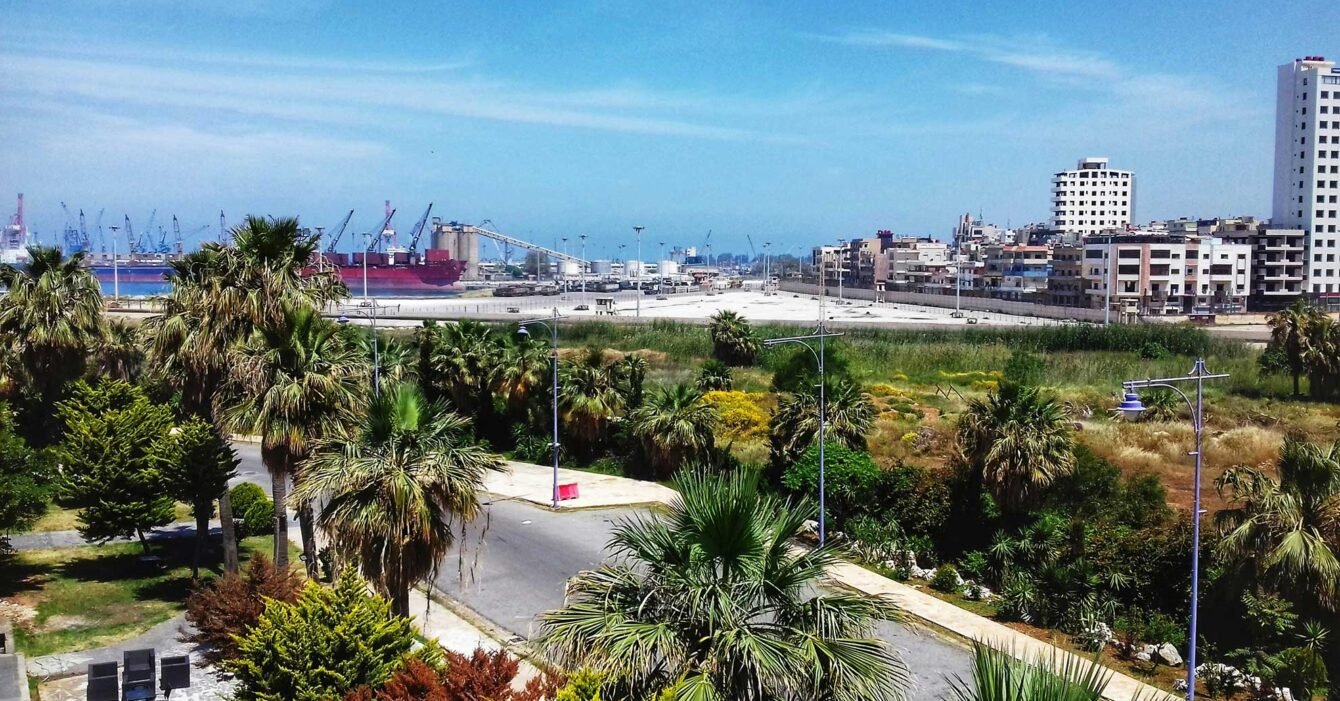Syria’s economic landscape is slowly evolving, shaped by a mix of resilience, regional dynamics, and the pressing need for recovery and modernization. As the country navigates complex post-conflict realities, several economic trends have started to emerge that signal future directions across sectors including construction, healthcare, logistics, energy, mobility, and consumer goods.
This article unpacks the most significant economic trends shaping Syria in 2025, highlighting key opportunities and challenges for local and regional stakeholders.
1. A Gradual Revival in Construction
One of the most observable trends in Syria is the re-emergence of construction activity. The rebuilding of public infrastructure, housing, and commercial spaces is not just a government priority—it is an economic necessity. Large-scale reconstruction initiatives are taking shape, particularly in key cities like Damascus, Homs, and Aleppo.
Despite funding limitations, both state-led and privately funded projects are resurfacing, with a focus on essential infrastructure like schools, hospitals, and government buildings. Prefabricated construction techniques and low-cost modular designs are being increasingly explored as solutions to meet urgent demand while keeping costs manageable.
The revival of Syria’s construction sector is also attracting interest from regional investors, especially in areas with a reduced security risk. With new zoning laws and reconstruction plans being gradually introduced, construction is set to play a critical role in Syria’s long-term recovery.
2. Rising Demand for Basic Healthcare Infrastructure
As displaced populations return to urban centers, there is increasing pressure on Syria’s fragmented healthcare system. Public health centers and hospitals require urgent repairs, while underserved areas demand new facilities to meet rising patient loads.
In response, several trends are emerging in the healthcare sector:
Basic infrastructure upgrades: Water, electricity, and hygiene systems in clinics are being prioritized to restore minimum service standards.
Focus on maternal and child health: With high birth rates and limited care in rural regions, maternal care and pediatric units are key growth areas.
NGO and private sector partnerships: As international funding tapers, local private clinics are filling service gaps—especially in diagnostics and primary care.
Telemedicine and mobile health units are also gaining traction as low-cost solutions to improve healthcare delivery in remote or conflict-affected areas. As Syria’s demographics trend younger, there’s also a growing need for health education and preventative services.
3. Logistics Sector Responding to Internal Market Fragmentation
Years of conflict disrupted Syria’s national supply chains. Now, as stability returns in some provinces, the logistics sector is undergoing a phase of cautious reorganization. New trends are emerging:
Regional hub development: Cities like Latakia and Damascus are being positioned as internal logistics hubs for distribution to surrounding regions.
Growth of last-mile delivery: Informal logistics companies are bridging delivery gaps in urban areas through motorcycles and light vehicles.
Investment in warehousing: Cold chain storage and basic warehousing are seeing increased interest from food and pharma distributors.
However, poor road conditions and inconsistent checkpoints continue to challenge smooth operations. Firms are responding by creating route optimization strategies and adopting basic digital tracking tools to improve transparency and delivery timing.
4. Energy Diversification Gains Urgency
Energy infrastructure remains one of Syria’s biggest bottlenecks. Fuel shortages, damaged power plants, and reliance on diesel generators are major hurdles to business recovery and quality of life. Yet, 2025 is witnessing a subtle shift toward energy diversification:
Solar energy expansion: Small solar systems are increasingly deployed in residential areas and rural clinics due to low operational costs.
Localized energy grids: In areas far from main power lines, mini-grids are emerging to serve small towns and critical services.
Public-private pilots: Some industrial zones are exploring energy cooperatives where businesses share infrastructure costs to ensure continuous supply.
While the transition to sustainable energy is still in its early stages, the urgent need for stable electricity is pushing creative, decentralized solutions.
5. Urban Mobility: From Survival to Optimization
Public transport in Syria has largely relied on informal systems such as minivans and shared taxis. But in key cities like Damascus and Homs, demand for more reliable and safe transportation is prompting change:
Bus network rehabilitation: Government initiatives are restoring major bus routes, particularly in business districts and near hospitals.
Digital mobility platforms: Ride-hailing and fleet tracking apps are emerging, mostly built by local startups targeting commuter needs.
Mobility data mapping: NGOs and municipal planners are working on mapping transport demand to inform future investments.
While funding and regulation remain limited, 2025 marks a turning point in urban mobility planning—with a growing emphasis on commuter efficiency, environmental concerns, and affordability.
6. Growing Resilience in Consumer Goods
Syria’s consumer market is showing resilience despite economic uncertainty. Across both urban and semi-urban areas, local manufacturing is rebounding, especially for essential items like food, hygiene products, and clothing.
Key consumer trends include:
Local substitution: With import restrictions and currency depreciation, there’s a strong pivot toward domestically produced goods.
Rise of micro-enterprises: Small workshops and home-based businesses are scaling production to meet local demand.
Affordable innovation: Brands are tailoring product formats to suit low-income segments—smaller pack sizes, bundle discounts, and refill options.
Retailers are also shifting models to serve fragmented consumer bases. While traditional souks remain dominant, small modern retail outlets and mobile shops are emerging as alternatives.
7. Youth Entrepreneurship on the Rise
Perhaps one of the most inspiring trends in Syria’s 2025 economy is the spirit of innovation among the youth. Faced with high unemployment, many young Syrians are creating their own opportunities.
Tech startups: Mobile payment solutions, food delivery apps, and e-learning platforms are gaining visibility.
Agripreneurship: Youth-led farming cooperatives and greenhouse projects are revitalizing local agriculture with modern techniques.
Creative economy: Design, crafts, and digital freelancing are becoming legitimate income sources among university graduates.
Local business accelerators and training programs—often supported by NGOs—are fueling this movement. As the ecosystem matures, these startups have the potential to reshape Syria’s economic landscape from the ground up.
8. The Road Ahead: Opportunities Amid Constraints
While Syria’s economic transformation is far from linear, the trends unfolding in 2025 signal an environment where adaptation and innovation are taking root. Key enablers moving forward will include:
Continued stabilization of core urban areas
Incremental public sector reforms
Private sector-led investment in essential services
International technical assistance and targeted funding
Businesses looking to engage in Syria will need to tailor their strategies to this evolving reality—balancing impact with resilience, and risk with long-term opportunity.


